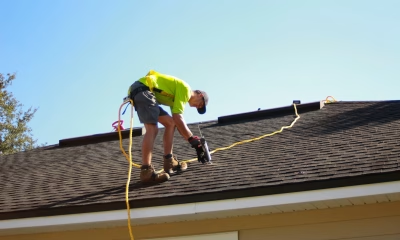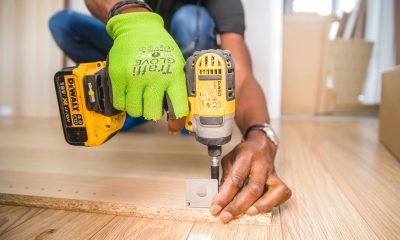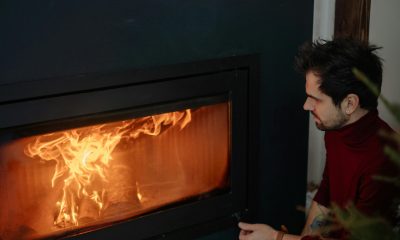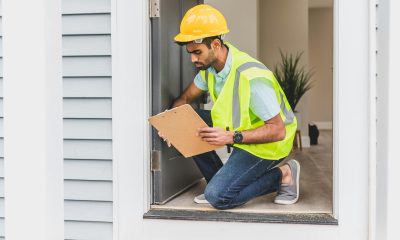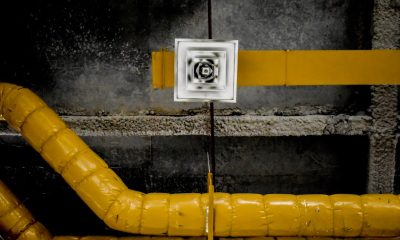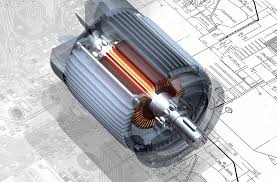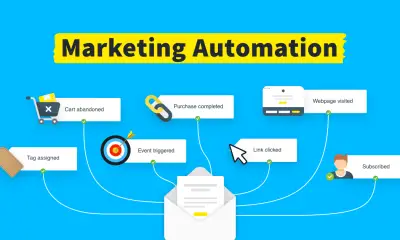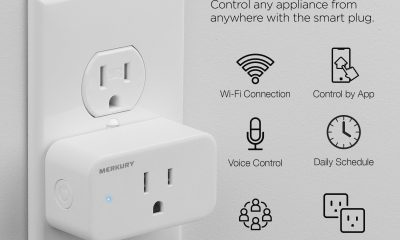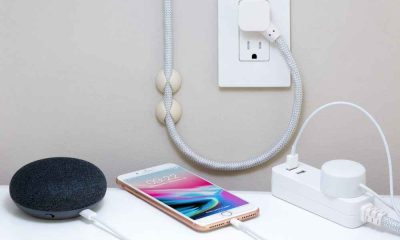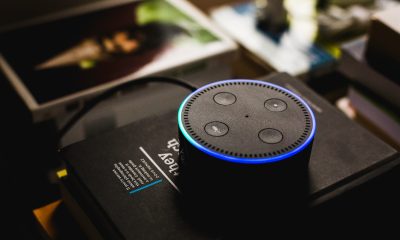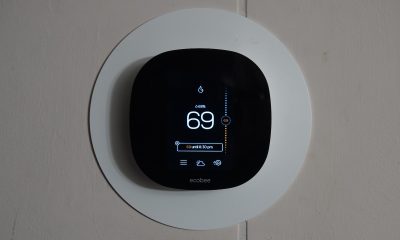Guides
Energy-Efficient Home Improvement Projects That Cut Bills

Ever looked at your electric bill in Pennsylvania during winter and thought, “Did I start heating the neighborhood by mistake?” You’re not alone. Between the unpredictable cold snaps, rising energy rates, and older homes that breathe like sieves, even small inefficiencies can snowball into monthly costs that feel more like rent.
In this blog, we will share the smartest energy-efficient home upgrades that bring your bills back to earth and make your home actually work for you.
Focus First on Where Energy Bleeds
It’s tempting to jump straight into solar panels or high-efficiency appliances. Those get the headlines. But most homes leak energy the way a bucket leaks water when it’s full of cracks. If your windows are drafty, your insulation is patchy, and your HVAC system dates back to the flip phone era, you’re not going to get much return from high-tech upgrades. You’ll just lose newer energy—faster.
Start with a home energy audit. Many utility companies offer them at a low cost or even free. The goal isn’t just to spot where the drafts are, but to see how the entire system is performing. That includes ducts, seals, air returns, vents, and outdated equipment. You can’t fix what you don’t measure, and guessing usually means spending money in the wrong places.
And when the audit reveals that the system moving air around your house is costing you more than it should, you know it’s time to act. If you’re looking into HVAC replacement in York, PA, it’s worth knowing that newer systems offer major gains in efficiency and comfort. They regulate indoor temperatures more accurately, use less electricity, and often qualify for energy rebates or tax credits. With weather patterns getting more extreme and utility rates continuing to inch up, an HVAC replacement isn’t a luxury—it’s protection against future costs.
And it’s not just about cost. Better airflow and humidity control directly impact your health. Dust, allergens, mold—they all thrive in neglected systems. So upgrading to a modern HVAC setup brings cleaner air, fewer respiratory issues, and a more consistent living environment.
Insulation: The Unseen Workhorse
Insulation doesn’t get much love because it doesn’t sparkle. No one walks into a house and compliments the attic’s R-value. But it’s one of the most effective ways to cut energy loss.
Focus first on the attic. Heat rises, and if your attic isn’t properly insulated, it acts like an escape hatch for warm air in winter and a heat trap in summer. Fiberglass batts, blown-in cellulose, or spray foam—pick the material that fits your space and budget.
Next, check crawl spaces and basement rim joists. These areas get ignored but let in air year-round. Sealing and insulating them reduces drafts and keeps your heating and cooling systems from overworking.
The goal here isn’t maximum thickness or exotic materials. It’s consistency. A well-insulated home holds its temperature longer, reducing the cycles your system needs to run. That shows up fast in your monthly bills.
Windows That Keep the Outside Where It Belongs
Old windows are energy vampires. They leak, rattle, and in some cases, grow mold between the panes. If you can feel a breeze standing next to your living room window in January, it’s not “character.” It’s a money drain.
Double-pane windows with low-E coatings help reflect heat back into the room during winter and block it out during summer. Replacing every window at once can be expensive, but you don’t have to go all in immediately. Focus on the rooms you use most.
If full replacement isn’t in the cards, sealing gaps with weatherstripping or caulk and installing insulating window films can cut heat loss significantly. It’s not as sleek as new glass, but it keeps the cold out and the costs down.
Switch What Powers Your Light and Life
LED lighting is the low-hanging fruit of energy efficiency. If you still have incandescent or even compact fluorescent bulbs, you’re paying extra for heat you don’t need and light that doesn’t last. LEDs use a fraction of the energy and can last over a decade.
Take it a step further with smart lighting systems. Timers, motion sensors, and remote controls prevent the lights-from-1984 scenario—every room lit up even when no one’s home. Plus, adjusting brightness levels saves additional watts and adds ambiance.
Appliances matter too. If your refrigerator predates social media, it’s time for a switch. Look for ENERGY STAR-rated models. They use less power, manage internal temperatures better, and help offset other household loads.
Even small items like smart power strips reduce “phantom” energy usage. Many electronics draw power even when turned off. These strips shut them down completely when not in use, saving money in the background while you do nothing.
Water Isn’t Free—Treat It Like It Costs
Heating water is one of the top three energy expenses in a home. Traditional tank heaters keep water hot around the clock, even when you’re asleep or out of town. Tankless models heat water on demand, cutting that standby cost significantly.
Low-flow showerheads and faucets reduce water use without sacrificing pressure. You won’t notice the difference until the water bill comes in lower. Same goes for dual-flush toilets, which give you more control over how much water is used per flush.
And if your laundry machines are older than your car, replacing them with high-efficiency models that use less water per cycle is a fast way to reduce both water and energy usage in one hit.
Behavior Still Beats Tech
All the upgrades in the world won’t help if your habits stay inefficient. Leaving doors open, running full-power HVAC with windows open, or doing laundry in half loads will keep your bills high no matter how energy-efficient your home becomes.
Use programmable thermostats to control when systems run. Turn down the heat at night. Run dishwashers and washers during off-peak hours if your utility provider offers time-based rates.
Even just becoming aware of your usage makes a difference. Energy monitoring systems show real-time consumption and let you spot which habits cost you most. Sometimes just seeing the numbers in front of you is enough to make changes stick.
Energy-efficient upgrades are about more than savings. They’re about control. In an era where utility prices swing and infrastructure isn’t guaranteed, a tighter, more efficient home isn’t just convenient—it’s protective.
You don’t need to do everything at once. You don’t need to go broke chasing rebates or the newest gadgets. Start with what your home needs most. Plug the leaks. Upgrade what’s outdated. Shift your habits just enough to notice.
The result isn’t just a lower bill. It’s a home that runs smoother, feels better, and supports the life you actually live—season after season.
-
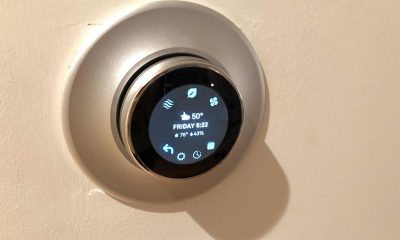
 Gadgets3 years ago
Gadgets3 years agoDoes Nest Thermostats Contain Cameras Or Microphones? Is It Safe For you?
-

 Guides1 year ago
Guides1 year ago10 Best Apps To Control All Your Smart Home Devices.
-
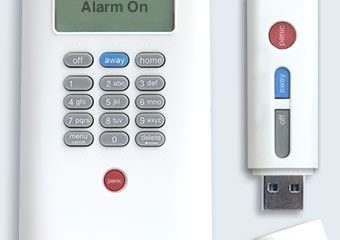
 Gadgets3 years ago
Gadgets3 years agoWhat Is The Purpose Of Red Button On The SimpliSafe Keypad?
-
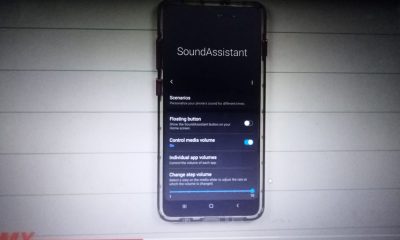
 Gadgets3 years ago
Gadgets3 years agoComplete Guide About Equalizer settings for Samsung-Soundbar
-
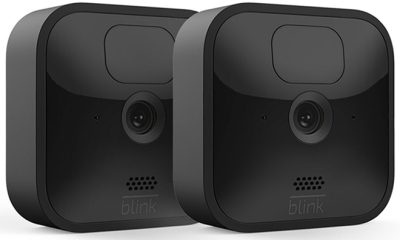
 Accessories2 years ago
Accessories2 years agoBlink Camera’s Temperature Sensor Settings, and More
-

 Solutions3 years ago
Solutions3 years agoWhy is My Samsung TV Picture So Dark? Exploring the Possible Causes
-

 Accessories2 years ago
Accessories2 years agoCan Siri Control Samsung Televisions And Are Samsung TVs Homekit Compliant?
-

 Gadgets3 years ago
Gadgets3 years agoFitbit Symbols Meaning: What Do The Fitbit Icons Mean?










